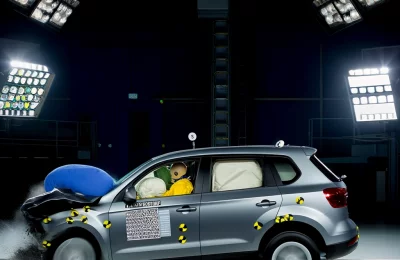
Reading Time: 7 minutes
Artificial Intelligence and self drive cars are radically changing the automobile industry. This is propelling associated manufacturers and producers towards using Artificial Intelligence in autonomous vehicles.
Elon Musk spoke about the benefits or artificial intelligence in cars. Yet, on the other hand, he warns us of the drawbacks of artificial intelligence in cars and the risks AI holds for humanity. (see more about this later in this post). He says that by 2041, seeing a non-autonomous car on the road will be like seeing someone riding a horse on the freeway today. At this time, something quite out of the ordinary.
In this post we delve into the future role of AI in the auto industry. Not only that, but also how deep learning has revolutionized the field.
Read our post ADAS: Advanced Driver Assistance Systems and Long Distance Travel. See how AI is already impacting our driving.
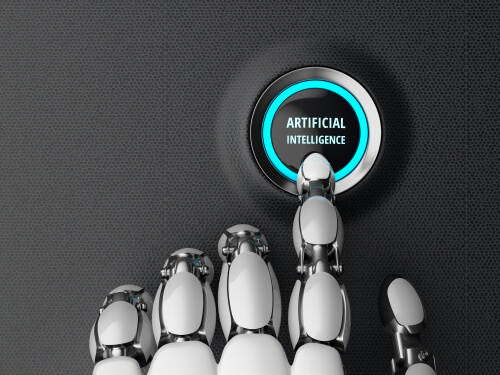
Before the dream of flying cars or fully autonomous driving becomes a reality, you have the option to transport your vehicle over long distances safely today. At Nationwide Auto Transportation, we’re invested in the future and mindful of your budget. Now’s the perfect time to secure a free quote to ship your car to your chosen holiday destination. Let’s make your holiday logistics effortless.
Curious about which automakers are driving the global economy forward? Dive into our comprehensive overview of the Largest Car Companies of 2024! Where innovation meets legacy, and electric dreams become reality. Discover the industry’s frontrunners now!
Benefits of Artificial Intelligence in Cars: When Computers Learn to Learn
What is AI? The dictionary defines AI or artificial intelligence as the capability of machines to demonstrate intelligence, as distinct from natural intelligence exhibited by animals, including humans.
AI is the imitation of human thought processes by computers. A person’s ability to recognize objects and put them together to form a conceptual picture of the world is natural, however, it wasn’t until just a few years ago that high-performance supercomputers were able to start to do this.
So what changed? Deep Learning was largely responsible for the revolutionary change, and with AI combined with Deep Learning processes, many people now advocate that the answer to the autonomous car challenge has been found. But before we carry on looking at artificial intelligence and driving, let’s do a little learning, about Deep Learning.

What is Deep Learning?
Machine learning and artificial intelligence (AI) are forms of deep learning that use aspects of data science like statistics and predictive modeling, to mimic the way humans acquire knowledge. For data scientists responsible for collecting, analyzing, and interpreting large amounts of data, deep learning is an invaluable tool.
In its simplest form, deep learning can be viewed as an automated method of doing predictive analytics. As opposed to traditional machine learning approaches, deep learning algorithms add complexity layer by layer.
Think of a toddler whose first word is “dog”. When toddlers point to objects and say the word dog, they learn what a dog is and what a dog is not. Parent identifies the object as a dog or doesn’t identify it as a dog according to the toddler. With each object he points to, the toddler becomes more aware of the characteristics all dogs share. The toddler, without knowing it, clarifies a complex concept – the concept of dog – by building an abstraction hierarchy in which each layer builds on the experience of the layer preceding it.
What is Deep Learning in Artificial Intelligence Cars?
Computers learn the world through Deep Learning, the central learning method for artificial intelligence. Throughout the learning process, they encounter increasingly complex ideas, which they process according to their previous experience with simpler ideas and as a result, they are constantly learning new skills to grasp and master their environment. This does come with a strong warning from Elon Musk, “AI is a fundamental risk to the existence of human civilization, unlike airplane-, car crashes (Read a report by the WHO) and faulty drugs (The effects of falsified or substandard drugs), that harm only some individuals in a societal group, and not all of humanity.”
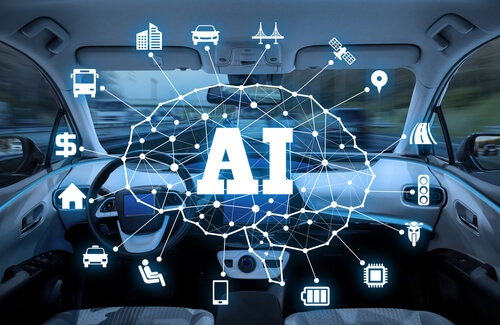
Deep Learning: how it Works
Deep learning programs learn much the same way a toddler learns to recognize a dog. Based on its input, each algorithm in the hierarchy applies nonlinear transformations and uses what it learns to craft a statistical model. This process continues until the output is acceptable and it is this number of layers of processing through which data must pass that gives rise to the label ‘deep’.
The learning process in traditional machine learning is supervised, so the programmer must be very specific when telling the computer what to look for in an image to determine if a dog is present, or not. Feature extraction is a tedious process, and the success rate of the computer depends largely on a programmer’s ability to define a dog’s features accurately. Deep learning has the advantage that the program builds the feature set without supervision, which is faster and normally more accurate.
It is possible that the computer program will be provided with training data—images for which humans have labeled each with metatags indicating whether the image is a dog or not. It creates a feature set for dog, and builds a predictive model, by using the information it receives from the training data. An image with four legs and a tail might be labeled dog based on the model the computer first creates. Obviously, the program doesn’t know what four legs or tail mean, in digital data, it simply looks for patterns, but the predictive model becomes more accurate and complex with each iteration.
Artificial Intelligence is Super Fast!
While a toddler will take weeks or even months to understand the concept of dog, a computer program that uses deep learning algorithms can sort through millions of images to identify which images contain dogs within minutes.
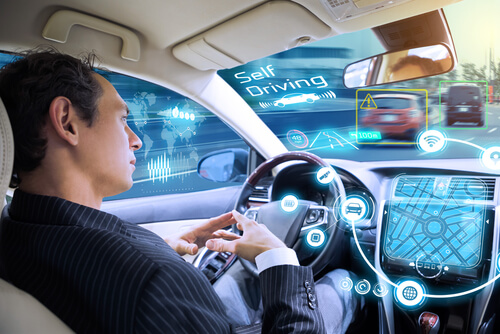
Deep learning programs require a large amount of training data and a lot of processing power. Both of which were not readily available to programmers until big data and cloud computing became widely available. Deep learning is capable of creating complex statistical models directly from its own iterative output. Allowing it to create accurate predictive models out of large amounts of unlabeled and unstructured data. Humans and machines continue to generate large amounts of unstructured and largely unlabeled data. Therefore this is becoming more and more important as the Internet of Things grows.
The Intelligent Copilot: Your Car
Deep learning will allow vehicles to understand their environment. The cloud will turn cars into adaptable co-pilots, continuously monitoring the safety and comfort of their occupants.
Software will be able to learn from the driver’s routine in the future. This means that it can make predictions and submit recommendations based on its experience. This includes advice on how to get to work in the morning or a route to the nearest gas station. Based on a variety of factors such as driving behavior, sensor input, and the destination.
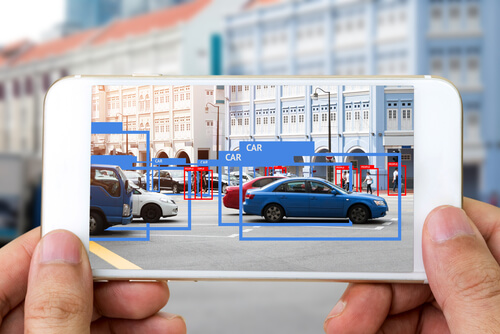
Developing an Intelligent Car Together
AI and Deep Learning are at the core of the success, or failure, of the ability to put autonomous cars on our roads. The best computing systems and equipment are needed to make AI work smoothly.
Everything begins with the computer architecture, upon which the whole process rests. This is an endeavor nearly all of the world’s most well-known car and technology companies are devoting vast resources to pursue.
Cybersecurity Challenges in Artificial Intelligence Linked Autonomous Driving
Taking the human driver out of the equation will drastically reduce traffic accidents and fatalities. Or so the blueprint says, but it could also place a completely different type of risk on passengers, drivers, and pedestrians.
AI systems in autonomous vehicles collect, analyze, and transfer data by utilizing machine learning techniques, like all IT systems, these systems are susceptible to attacks. This could compromise their proper operation and that of the vehicle they control.
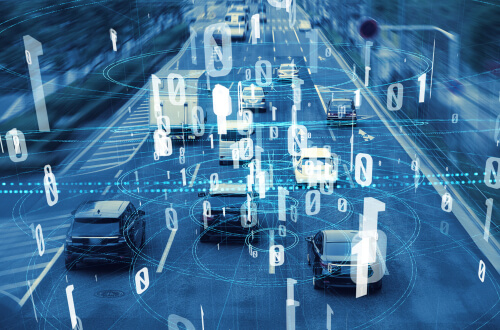
Autonomous Vehicle Vulnerabilities Due to AI
A vehicle’s AI systems constantly work in the background, detecting traffic signs, road markings, and vehicles. It estimates their speeds, and plans the route ahead. These systems are vulnerable to intentional attacks that aim to interfere and disrupt the AI system.
Such attacks include painting the road to confuse navigation or putting stickers on stop signs to prevent their recognition. AI systems are influenced by alterations that can cause the autonomous vehicles to misclassify objects. As a result cars can behave in an unsafe manner.
Towards a More Secure AI in Autonomous Vehicles
In order to improve the AI security in autonomous vehicles there are a number of recommendations. These include regular security assessments of AI components.
- Systematic validation of AI models and data is essential for ensuring that a vehicle behaves correctly. Even in unexpected situations and in the face of malicious attacks.
- A continuous risk assessment process supported by threat intelligence could identify potential risks and potential threats. The entire automotive supply chain should be governed by AI security policies and AI security culture.
- Cybersecurity should become a central component of digital design from the very beginning when developing and deploying AI functionalities.
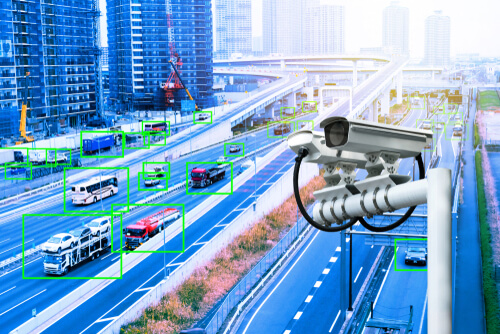
The automotive industry needs to step up its preparedness and enhance its incident response capabilities to deal with upcoming cyber security issues related to AI.
Risks, Regulators, Artificial Intelligence and Driving
The plot of Terminator seems less and less like science fiction, and more like a prediction. That is if Artificial Intelligence and driving ambition from automobile manufacturers and computer hardware and software developers goes unchecked. Built.in.com has recently published an article, 7 Dangerous Risks of Artificial Intelligence that puts everyone’s fears into perspective.
One of the biggest realizations that we get to is that the development of Artificial Intelligence and Deep Learning need to be regulated and watched, sooner than later, and according to some people we may even be too late already.
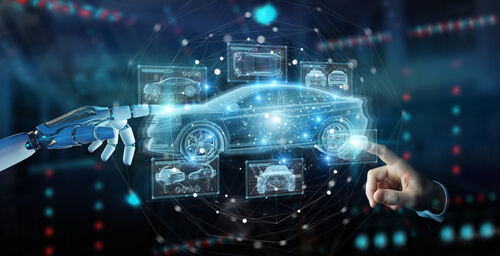
Fully autonomous cars are more than likely going to be a reality within the next ten years. But it will take many more for our self drive cars of today to degrade and decompose completely. The article Shipping a Salvaged Car: Can it be done?, is meant for you.
While robots are busy deciding our future, Nationwide Auto Transportation can ship your car at prices that even Artificial Intelligence finds acceptable. Get your free quote today.


